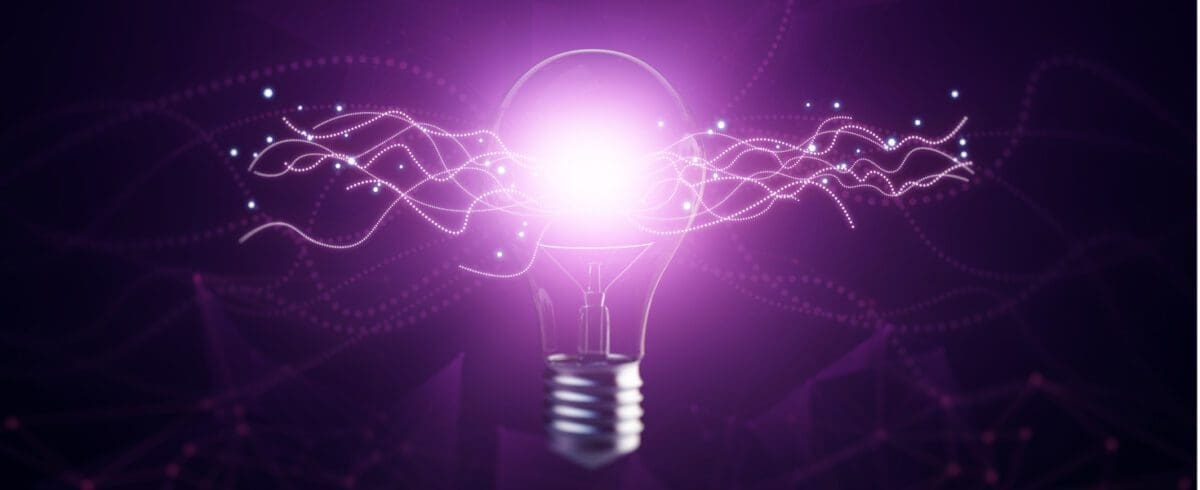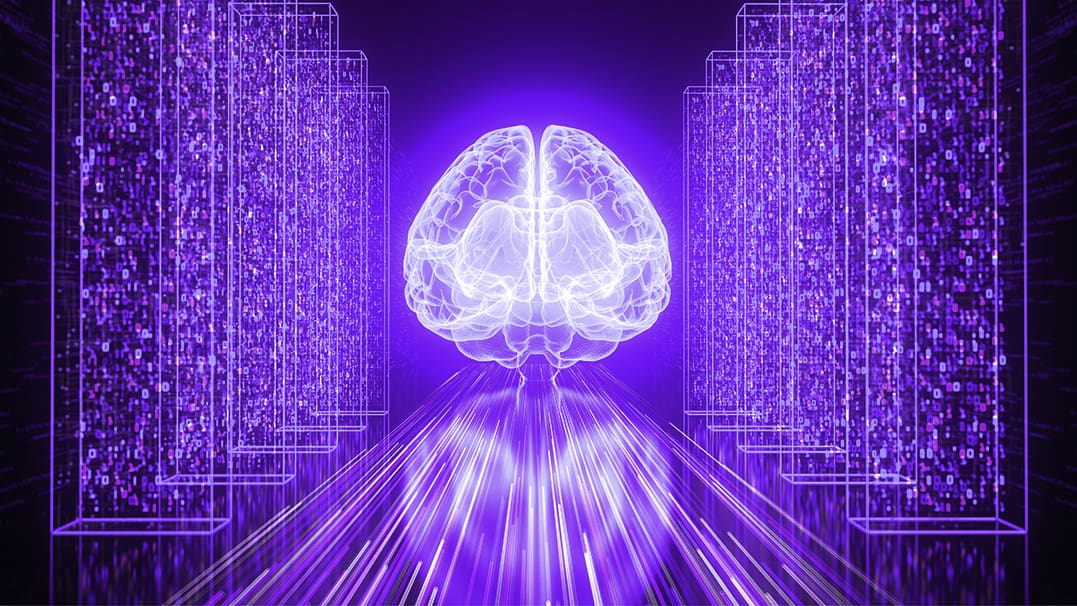Published: August 2, 2017
With the popularity of 360 photography growing, dozens of 360 cameras and equipment are making their way to mainstream marketplaces. From affordable and amateur to expensive and expert, it’s hard to not be overwhelmed with all of the options.
At Envano, we use a RICOH Theta S, which is like two cameras back to back, each with a wide angle, 180-degree lens. The Theta S works great for video and fast moving objects since it can capture everything around it at once. Image quality is similar to cell phone photos.
My Process
As a landscape photographer, I use a stationary custom rig with my Mirrorless camera to capture high quality 360 images.
The process doesn’t take long, usually a minute during the day. (At night, it takes about three minutes maximum due to the longer exposures night photography requires.)
1. I level the tripod perfectly using a Nodal Ninja EZ-Leveler II (which is adjusted with three knobs and a level bubble). This is necessary to avoid a sloped horizon in the final picture. Nodal Ninja is an industry leader for high-resolution panoramic and 360 photographs.
2. I find the no-parallax point of the lens using two vertical objects. This helps your camera and lens rotate around a center point and reduces stitching errors in software such as PTGui. The no-parallax point is the same for each lens so once you have the exact position for it, you can write it down and skip this step in the future usage.
3. Regarding composition, make sure to consider the foreground, the sky and behind you. Nothing escapes a 360 image.
4. It’s time to take the photos! I take one photo every 60 degrees (using my tripod’s degree markings), one looking down and one looking straight up, using a wide angle 12mm fisheye lens. A wider lens requires less photos (eight photos with a 12mm fisheye lens versus 16 photos with a standard 14mm rectilinear lens).
5. To avoid capturing yourself in your photo, remember to move with the camera. (With the Theta S, you’re always in the image unless you use a timer and tripod to hide out of frame.)
6. When you’re finished capturing your images, it’s time to stitch the photos together. My process overlaps each photo by about 20 degrees. The overlap is required for stitching the individual photos together into one 360 image, which I do using PTGui. PTGui not only creates panorama and stitches 360 images together, it also flattens the image to be viewable in Flickr. Post-processing can be a bit of work, but it pays off.
Why 360?
Whether you use a tool like the Theta S or try my process, 360 photography is a great asset to any company. Each day, virtual reality (VR) is becoming more conventional due to VR headsets for gaming, training or exploring the world in 360 degrees. Use 360 photography for big events like grand openings or festivals to show magnitude or even to bring real estate listings to life. Google Maps also favors 360 photography, showing 360 images first for business listings. With 360 photography, you have the feeling of true immersion, with nothing hiding outside the frame.
Do you like cutting-edge technology too? Fill out our contact form and let’s chat!



